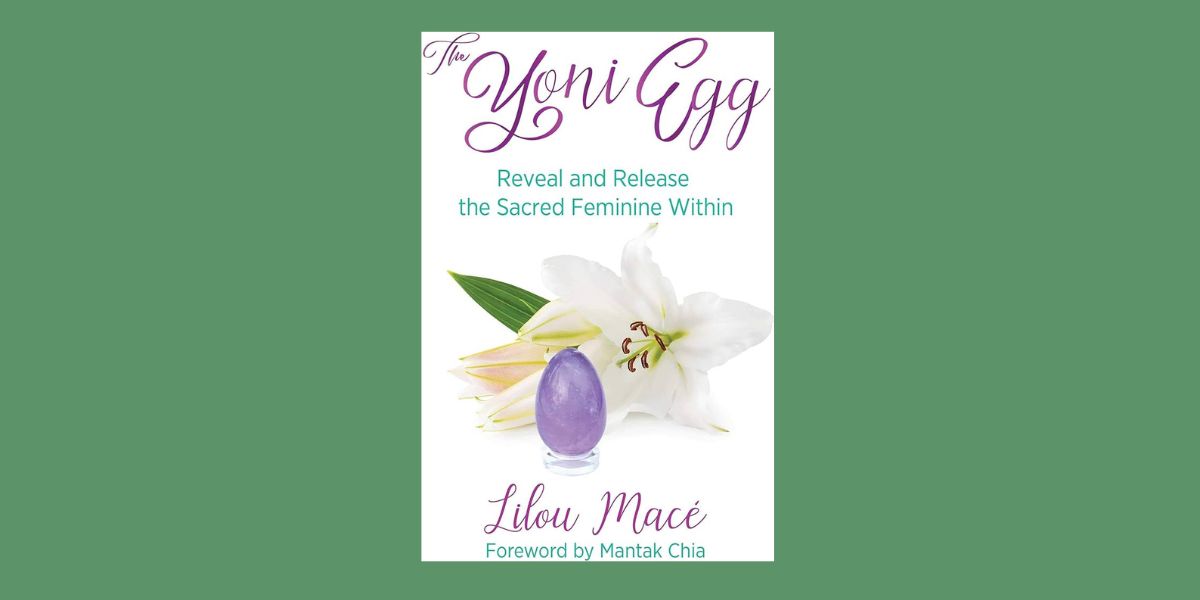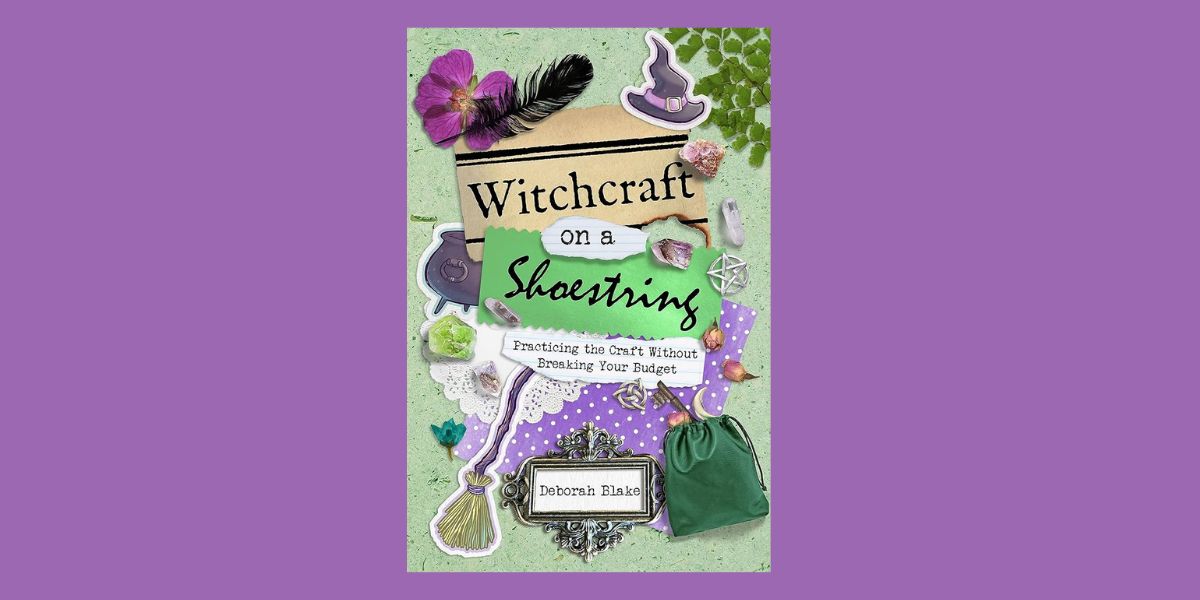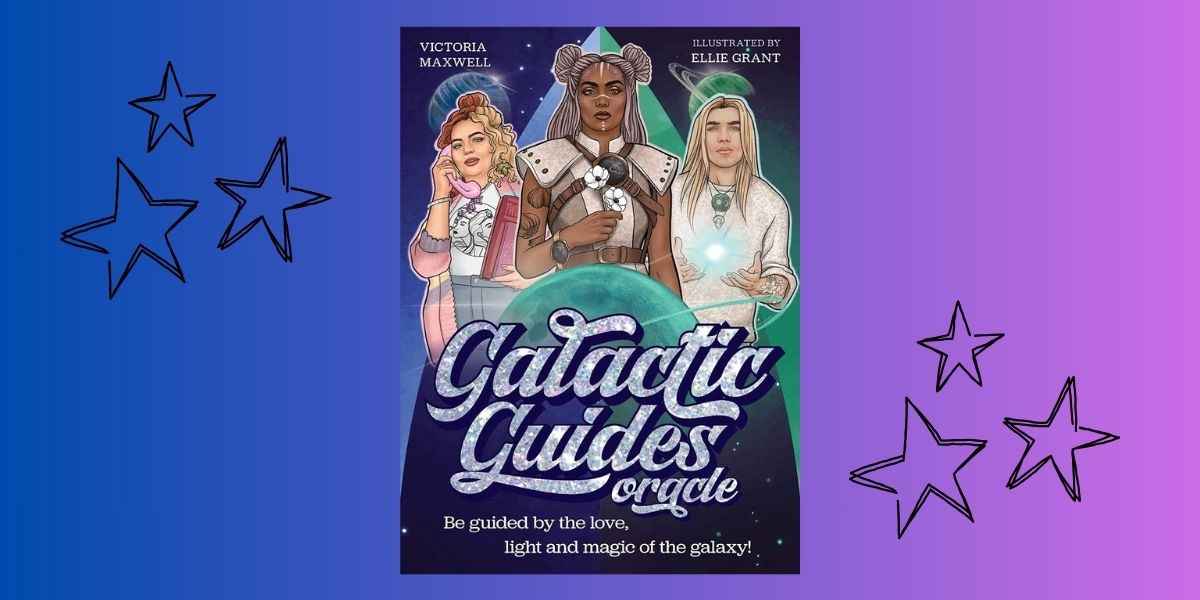
Throwing Bones, Crystals, Stones, and Curios: Includes 20 Unique Casting Boards for Divination and Insight, by Mystic Dylan
Weiser Books, 1578638364, 128 pages, April 2024
The art of casting lots, also known as cleromancy, is an ancient practice that involves interpreting patterns formed by throwing bones, stones, and other trinkets. This method of divination has been used by many cultures throughout history as a means of seeking guidance, insight, and answers to important questions. Different types of bones, dice, shells, crystals, or other significant small objects (curios), are used in this practice, each carrying its own symbolic meaning. In Throwing Bones, Crystals, Stones, and Curios, Mystic Dylan provides readers with all they need to know to begin their own cleromancy practice.
Mystic Dylan is a seasoned occultist, skilled in palmistry, tarot, and other mystic arts. He is a professional witch who utilizes his gifts to help others in their personal lives. He currently teaches classes, runs a coven, co-hosts Life’s a Witch podcast, and co-owns III Crows Crossroads online store.1 He also is the co-founder of The Olde World Emporium in Santa Clarita, California. In this book, he draws upon his research and experience to teach readers about different forms of divination, in particular cleromancy.
“Most divination techniques require the reader to interpret different patterns, or to pay attention to the system and base the answers on what it is the reader seeks and feels.”2
Right off the bat, this book caught my eye with the many full-page, color photos. This isn’t a long, text-filled read. All the guidance is direct and to the point, often written out step by step with information shared in bullet points, tables, and lists. The style makes it very easy to absorb Mystic Dylan’s wisdom, while also having an aesthetically pleasing read. The book is nice enough to keep on a coffee table to spark conversation or magical moments when company comes over, though there’s a good chance you’ll also want it nearby your altar once you begin to practice your own hand at casting lots.
The book begins with an overview of divination, including how it even appears in the Bible, but with time was banned and became associated with witchcraft and magic. Mystic Dylan is very encouraging about it being a personal process of finding what works best for one’s own intuitive gifts, noting that not all forms of divination will appeal to each reader. Fortunately, the list provided is broad enough, encompassing divination forms alphabetically ranging from abacomancy (“to read the patterns of dust, dirt, sand, or the ashes of the dead”3) to tasseography (“reading with tea leaves and interpreting their patterns”4). He also offers insight into the types of psychic senses, or the avene which one’s psychic gifts may appear, such as through hearing (clairaudience) or empathy and emotion (clairempathy).
From here, the focus shifts to the specifics of throwing bones and building one’s cleromancy set. Mystic Dylan covers where to store your casting kit, giving the items meaning, noticing position and direction, and many other how-tos to feel confident getting started. While it’s important for the practitioner to build their own meaning, there are lists of commonly associated meanings for certain items, such as ribs being related to protection/withholding, coins being related to money, and seashells being related to feminine energy, emotions, and fertility. This guidance helps readers to be aware of the energies they want to bring into their casting set as they begin to put it together. There’s even a list of types of animal and the associations with their bones. Alligator bones are associated with “strength, determination, protection, and stubbornness”5, while fox bones are associated with “cunning intelligence and diplomacy”6.
Necromancy and scrying are also covered, but in much less detail. There are rituals for protection, connecting with one’s bones through necromancy, and cup reading, along with instructions to make a Venus glass for scrying and doing oil and water scrying. For those who are new to scrying, there’s also a very long list of potential things one might see and the meaning.
There’s also guidance on divination with pendulums, dice, eggs, astrology, runes, and playing cards. For those unfamiliar with astrology, there’s really helpful tables for the planets, houses, and zodiac signs. Only a page or two is offered for each type of divination, but there’s enough information to get started and see if the method suits you. If you are feeling connected to the method, you can always follow up with other sources to learn more.
For me, the best part of the book was the second half which features twenty boards that can be used with your casting set or pendulum for more insight.
“The main purpose of a board during a cleromancy or pendulum reading is to have a reference of possible images, letters, numbers, and symbols that might come up when those specific elements on the board are touched. This adds more detail to a reading and helps us connect with our intuition in a deep way.”7
There’s all types of boards! Some of my favorites are the Druid Circle, Wheel of Fortune, Wishing Star, Venus Vibes, and The Sybil’s Circle. The boards take up a full page, and the book bends enough to fold them down flat and cast right on the book. The key thing is noting which bone, stone, crystal, or curio falls where to blend the meaning of the trinket with the placement on the board. So far, each cast I’ve done has been very insightful. Mystic Dylan notes how it’s important to also notice if a trinket goes off the board, as well as the patterns the cast lands in.
While the first half of the book was quite informative, getting to know the boards requires actually practicing cleromany. It definitely takes a little time to gather the materials, especially if you’re trying to put together a very specific casting set with certain types of bones, stones, crystals, or trinkets. But I suggest starting simply to get a feel for casting lots. Most people have crystals and trinkets laying around, perhaps even shells and stones from time spent in nature. Do your best to not overthink it, and have the courage to work with the boards sooner rather than later. They’re a great tool for beginners getting used to divining the lots cast. And remember you can always begin with a pendulum on the boards first too.
Overall, Throwing Bones, Crystals, Stones, and Curios guides readers on a journey through the mystical art of casting and interpreting symbols to uncover hidden truths and receive guidance from the universe. Whether you are a seasoned practitioner or a curious novice, this book offers a wealth of knowledge and inspiration to enhance your divination practice and connect with the spiritual realm in a meaningful way. Get ready to explore the mysteries of the unseen world and unlock the secrets that lie within the patterns of bones, crystals, stones, and curios as you embark on a transformative journey of self-discovery and enlightenment. You’ll find a diverse range of techniques to tap into your intuition and gain deeper insights about what the future holds.
Alanna Kali is an astrologer, numerologist, and pioneer spirit that loves to explore life through the lens of depth psychology. She has a passion for studying the humanities and social trends. Her academic work is centered upon reuniting body, mind, and spirit through eco-psychology. She loves reading, spending time in nature, and travel.





















